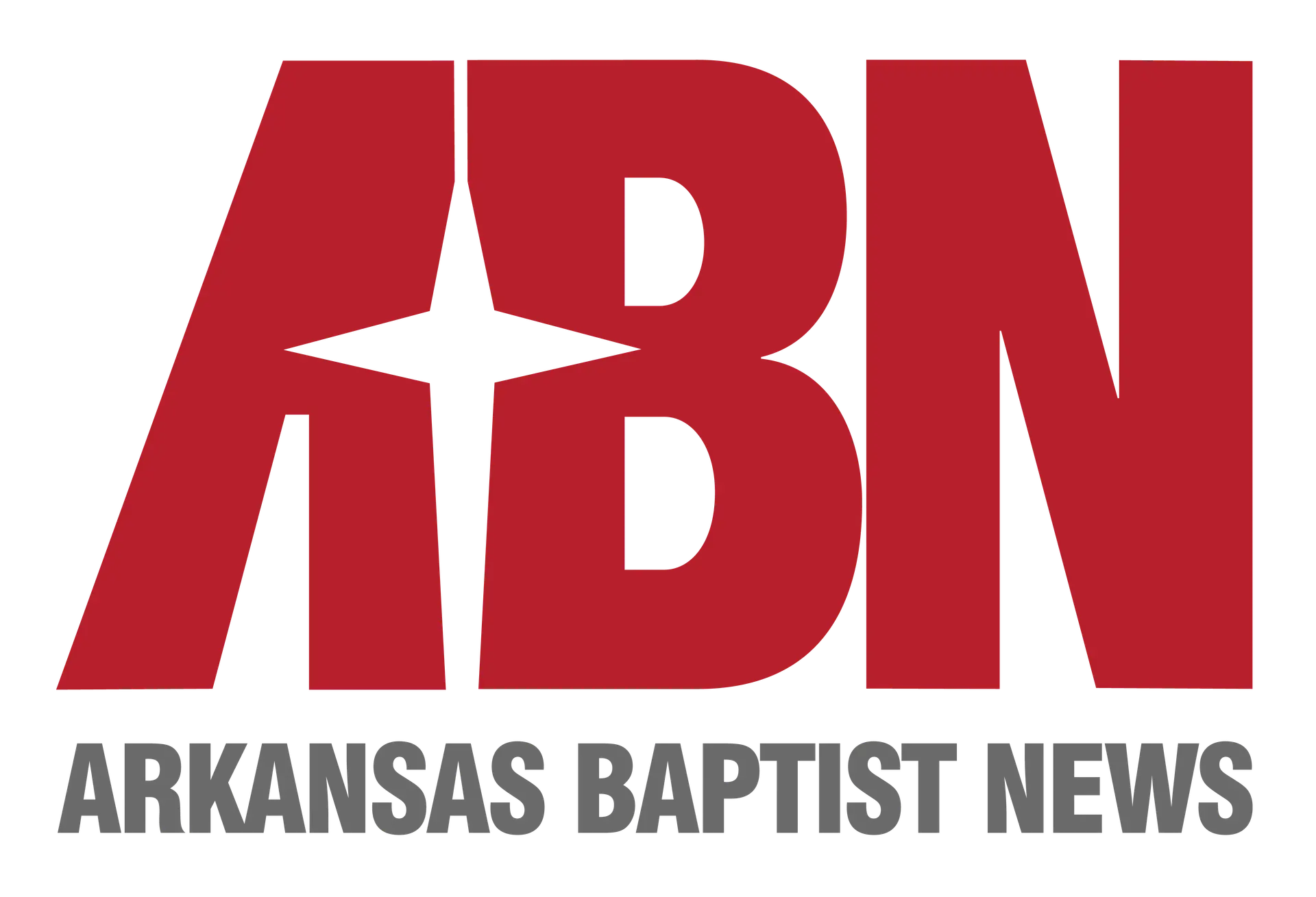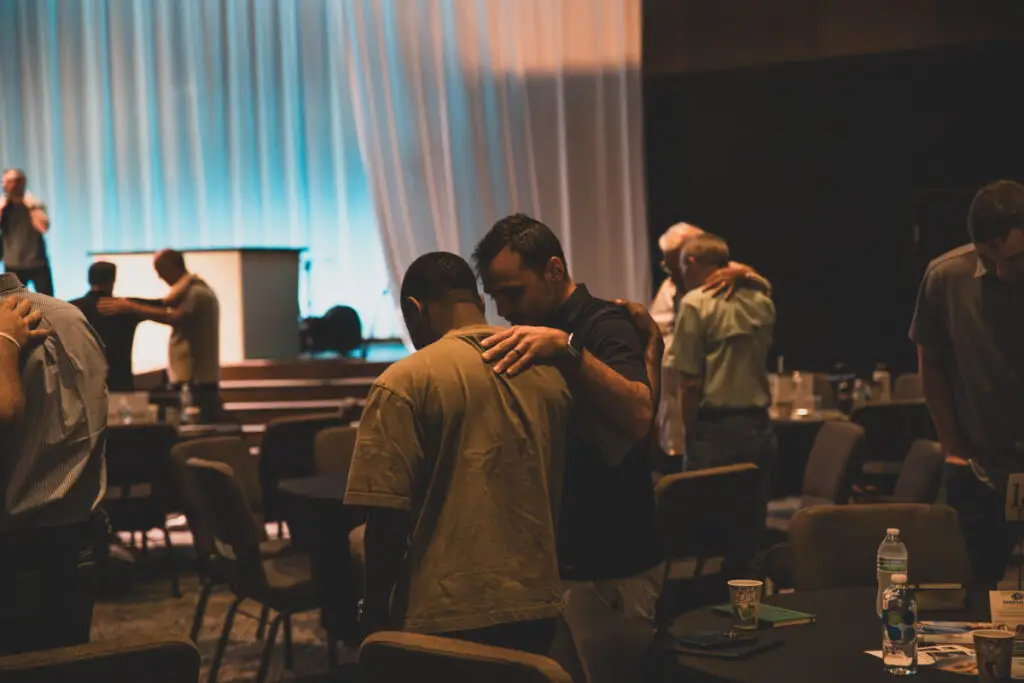This article by Kie Bowman, senior pastor emeritus of Hyde Park Baptist Church and The Quarries Church in Austin, Texas and the SBC National Director of Prayer, was originally published at baptistpress.com
Do you have any goals for your prayer life? C. S. Lewis once said, “You are never too old to set another goal or to dream a new dream.”
About 60% of young adults will make New Year resolutions this year, hoping new goals will lead to self-improvement. Since we never grow spiritually by accident, here are 4 prayer goals to pursue in the new year.
Think why not just how
There are innumerable resources on “how” to pray – a teaching which is desperately needed. In addition to instruction on the mechanics of prayer, however, we also need to grasp the motivation for prayer.
For instance, the most common understanding of prayer is that through it we receive things from God. Of course, Scripture itself insists that prayer is often transactional. After all, God said to Jeremiah, “Call to me and I will answer you, and will tell you great and hidden things that you have not known” (Jeremiah 33:3). Maintaining a dynamic prayer life, however, involves more than presenting God with a list of our pressing requests. Yes, prayer is transactional; but, more importantly, prayer is relational. Consider, for instance, the example of David who prayed, “You have said, ‘Seek my face.’ My heart says to you, ‘Your face, Lord, do I seek”’ (Psalm 27:8).
An important goal for your prayer life in the new year, therefore, is not merely to get something from God. Pray in order to get to know God.
It’s a matter of time
Prayer is one of the most common exercises in the world, practiced in some form by all the major world religions, as well as the smaller sects and cults. We might assume, therefore, that prayer is the easiest of the spiritual exercises; but, in fact, a real prayer life requires discipline.
One of your prayer goals for the new year involves your most valuable non-renewable resource – your time. There are three aspects of time related to a powerful prayer life. The first is the frequency of your prayers. Most people seem to understand the importance of frequent prayer since an astounding 55% of Americans report praying at least once a day.
The second aspect of time involving your prayer life relates to the time of day you pray. E. M. Bounds said, “The men who have done the most for God in this world have been early on their knees.” Of course, Jesus set an example by rising for prayer “a great while before day” (Mark 1:35); but people in the Bible, including Jesus, also prayed at all hours. A question for your prayer goals, therefore, is clear: What time will you pray? Before we answer, consider the third detail of prayer related to time.
How long will you pray? The Bible describes prayers of all lengths. Still, Jesus was astounded when his close disciples could not pray for one hour (Matthew 26:40). Since none of us runs the risk of being too prayerful, the answer to the question “how long should I pray” is simple – you should prayer more.
Why is time for prayer significant? Putting prayer on your daily calendar is like placing an object in a body of water – the object displaces the volume of water equal to the volume of the new object. In the same way, when you add a standing appointment with God to your calendar every other calendar entry is affected, thus requiring a schedule adjustment. As Craig Groeschel said, “We sacrifice what we love for what we love more.” If you want a prayer life you will find the time. Otherwise, nothing will change.
Feed the stream
Mark Twain bluntly said, “The man who does not read has no advantage over the man who cannot read.” In order to motivate yourself in prayer, you must constantly read good books on prayer.
From the time of the Prayer Revival of 1857-58 until after the 1904 global revival that erupted in Wales, an avalanche of classic books on prayer rained down from Great Britain and America. It was the “golden age” of prayer literature. E. M. Bounds, R. A. Torrey, Andrew Murray, Samuel Chadwick, and S. D. Gordan are representative of the giants who roamed the land.
During the mid-20th century, the prophetic voices of A. W. Tozer, Leonard Ravenhill, and David Wilkerson framed the conversation on prayer for a modern time. In the 1990s Bill Bright, Jim Cymbala, and Richard J. Foster woke us up to the incredible possibilities of prayer.
Today, authors Pete Greig, Mark Batterson, John Mark Comer, Donald Whitney, Daniel Henderson, Ronnie Floyd, and others are elevating the prayer lives of Christians and our churches.
How can you feed the stream of your spiritual life? Read books on prayer so you won’t dry up!
Take the long view
Rosie Ruiz won the Boston Marathon in 1980. Her secret for success disqualified her eight days later, because she only jumped into the race at the last half mile. In other words, she cheated. Later it was discovered she rode the subway for the bulk of the New York Marathon six months earlier. The laurel wreath of marathon victory is not awarded to those who cut corners.
Similarly, in order to excel in prayer, there are no shortcuts to success. Your prayer goals for the new year, therefore, must include a commitment to persistence. The prayer life you desire isn’t a sprint – it’s a marathon. In other words, your prayer life can only finally be measured by its consistency. Remember, Paul told the church in Rome, “be constant in prayer” (Romans 12:12). Corrie Ten Boom said, “Don’t pray when you feel like it. Have an appointment with the Lord and keep it.”
An old adage is trite but true even for prayer: “If you fail to plan, you plan to fail.” Setting goals for your prayer life will propel you toward the prayer life you’ve always wanted.

